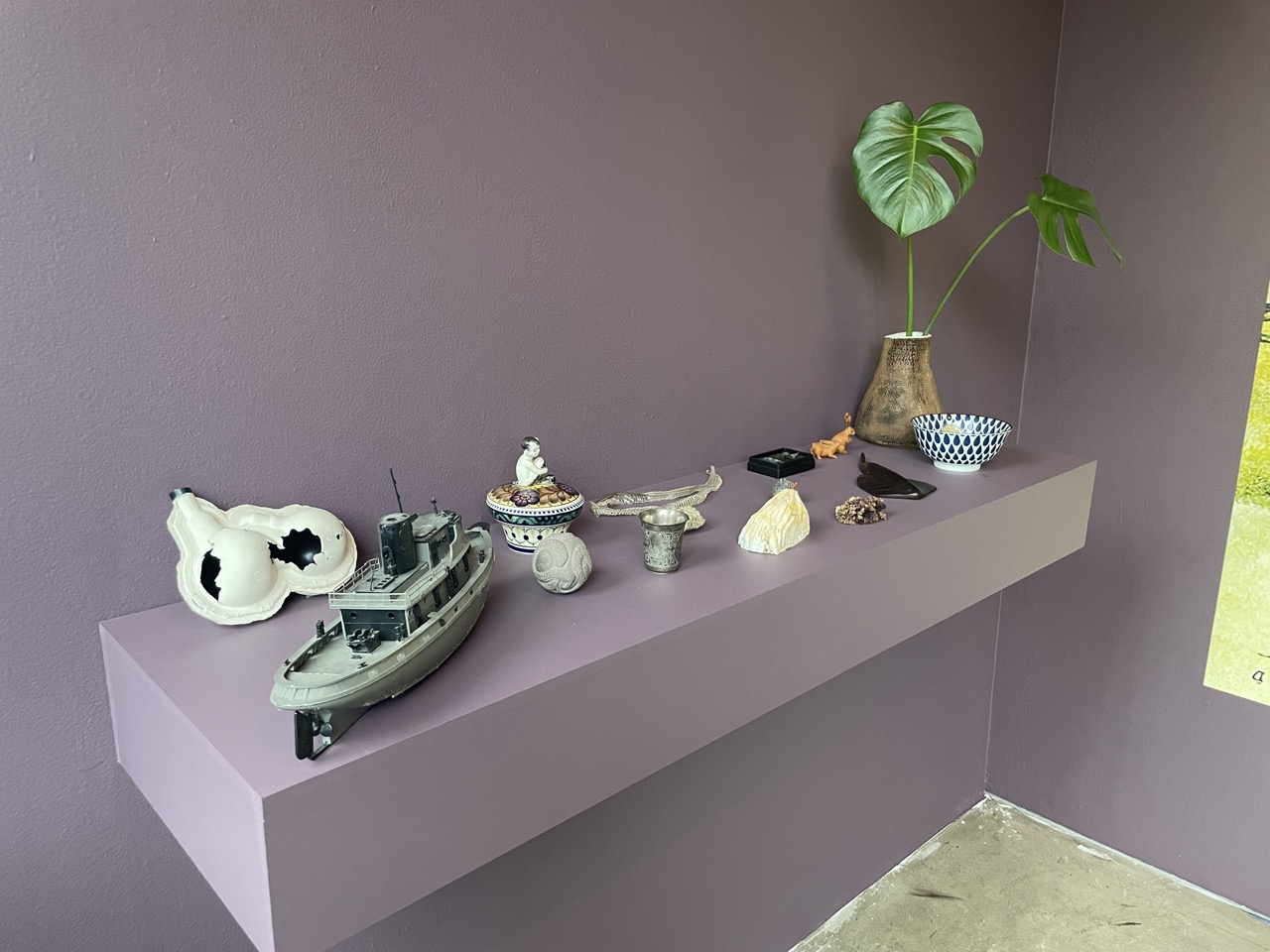Biophilic Experiences Blog
Back to Spring 2023 courses
Assignment 2 - Multispecies Empathy
Co-existence of multiple species is the main aspect of biological diversity. Whether we notice this or not - we are surrounded by millions of species other than humans. In the comfort of civilization, some of them rarely are threatening, and others are extremely beneficial and even crucial for our well-being and survival. But are we being the good neighbors? Sharing the same ecological environment, we do not feel the urge to understand our surroundings better - not having to compete for the same niche and not needing to negotiate to live peacefully.
To compromise the status quo of the human advancement, to be more naturally integrant in the shared environment and to restore lost connections with the outer world we believe that training observance, reflection and empathy to the species around us are among the crucial steps, and we’d like to share our own first practice with you.
Our short list for observation was focused on the species that surround us daily on the streets of NYC - not only the cultural, but an environmental melting pot we live at. (Un)luckily, pigeons and rats were not easy to chase with enough consistency for the research, so as the ducks, so we decided to shift the attention to our roommates - the houseplants.
The candidates were:

Calathea ornata with some sort of fungus growing under the leaves.
Cyrtomium falcatum (Japanese holly fern) with some spores found under the leaf.
One of the concepts was to observe the fungus - an invader and disease on one hand, but a living organism on its own striving to live on another.
However, the visit to Genspace helped us to make the final decision - after observing the fern spores under the microscope we got curious about the reproduction of the ferns, and going further it actually got us thinking - what it might feel like to be captivated for the entire life, yet striving to reproduce? What are the chances of a house plant to actually leave its genetic legacy? And how being isolated from its species transforms this process?

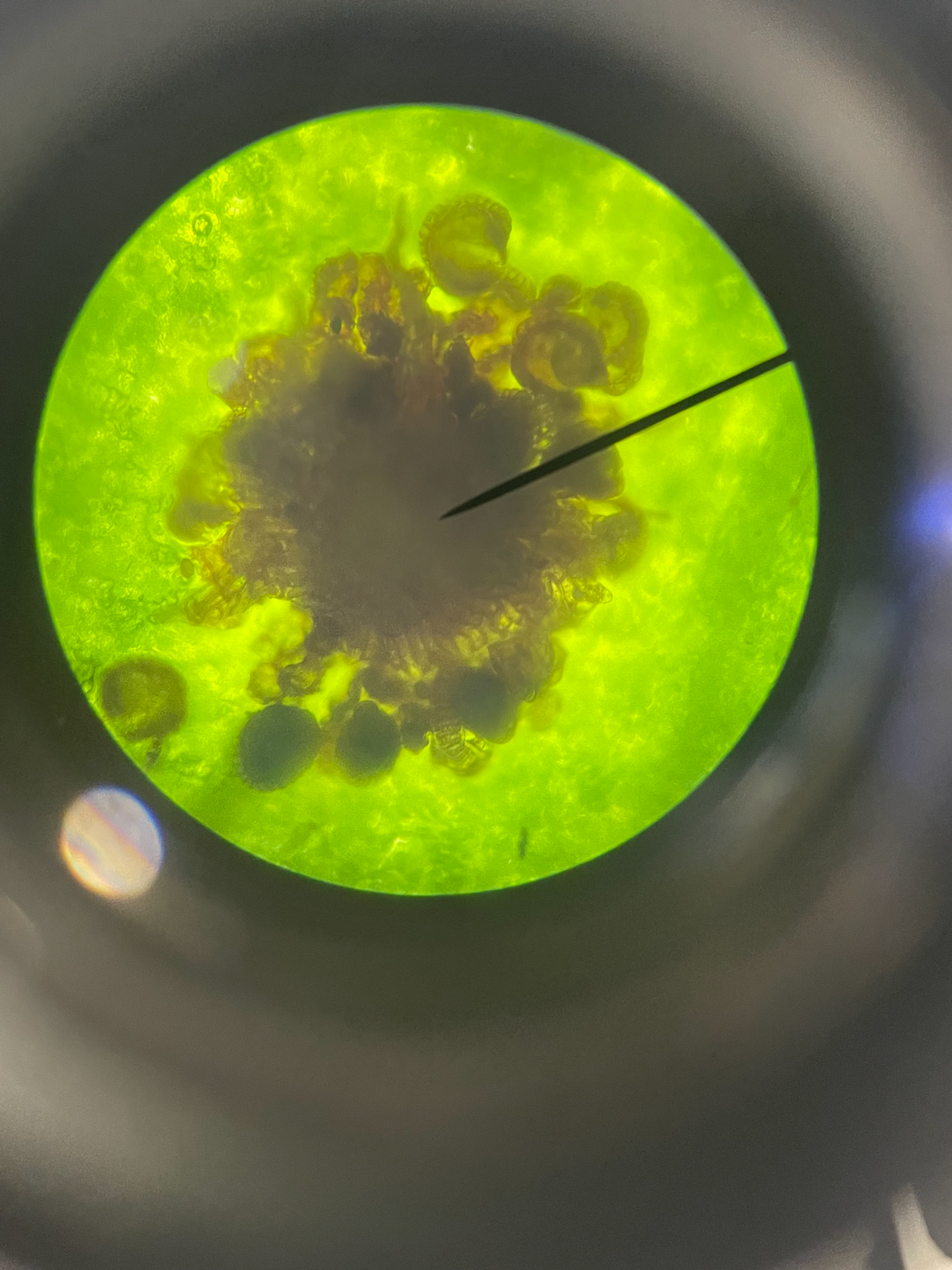
One of the first steps was filming a time-lapse of the fern. One of the intentions was to capture some potential movement of the leaves towards the light during the day - but our friend was quite still and chill. But more so, we wanted to see “a day in life” of our subject to get to know it better.
https://youtube.com/shorts/FaKhJuw4qN4?feature=share
In parallel, we were digging into the actual reproduction mechanisms of the ferns that appeared to be quite amusing:

The research recap of the fern facts is documented here: LINK
Based on some of the key findings in the research, it would be fair to say that our original emotional perception of the fern’s characteristic and its “life position” have shifted. At first, we though of the house plants as of somewhat deprived and disempowered creatures, our silent neighbors isolated from its own kind - but in reality we learned that the the ferns have strong invasive traits in both - nature and captivity, and are actually far from shy:
- Proved invasive outside its native range
- Have a broad native range
- Abundant in its native range
- Highly adaptable to different environments
- Are a habitat generalists
- Pioneering in disturbed areas
- Tolerant of shade
- Benefit from human association (i.e. it is a human commensal)
- Long lived
- Fast growing
- Have high reproductive potential
- Reproduce asexually
The brainstorming about the mediums we were to go for was spinning around the main idea - we wanted to help the ferns to get educated about their unique reproduction system, help them get their chances in captivity and acknowledge their badass traits. And would be a human analogue for this format? That’s right, video tutorials on social media - for good or for worse.
One of the big inspos for animation and style was Sam Cotton’s IG account. And, having a TikTok guru on our team, we ended up with a fern influencer account concept on TikTok in a few minutes of discussion.
For the video production, we started with a few stillframes with the main character features - to land on the personality and look of our green influencer.




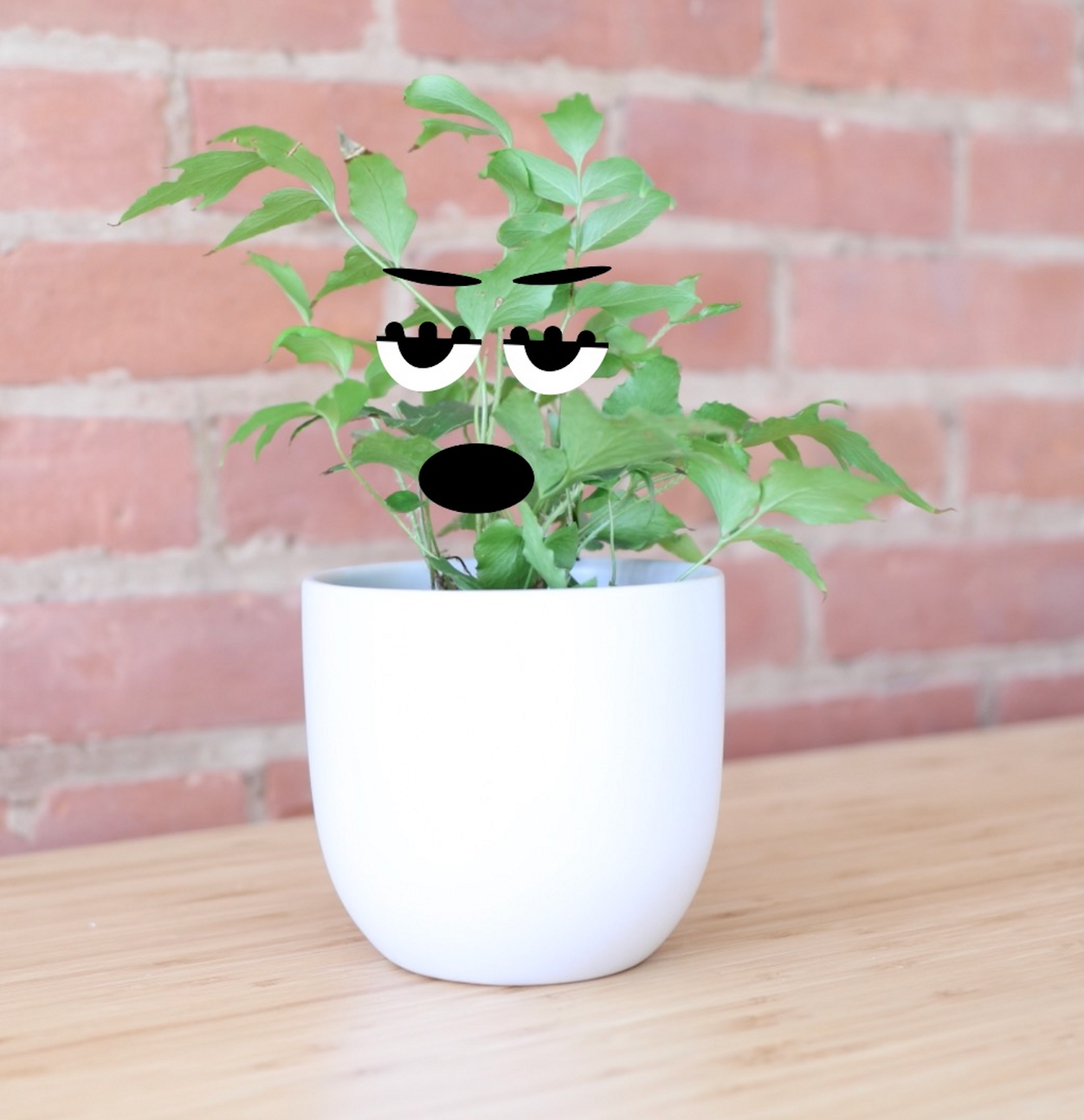
Once we landed on the look, we created a storyboard with the animation scenario, script for the fern and sketches for each scene: LINK
Tested the voice changing feature on TikTok and recorded the final fern monologue at the workshop:
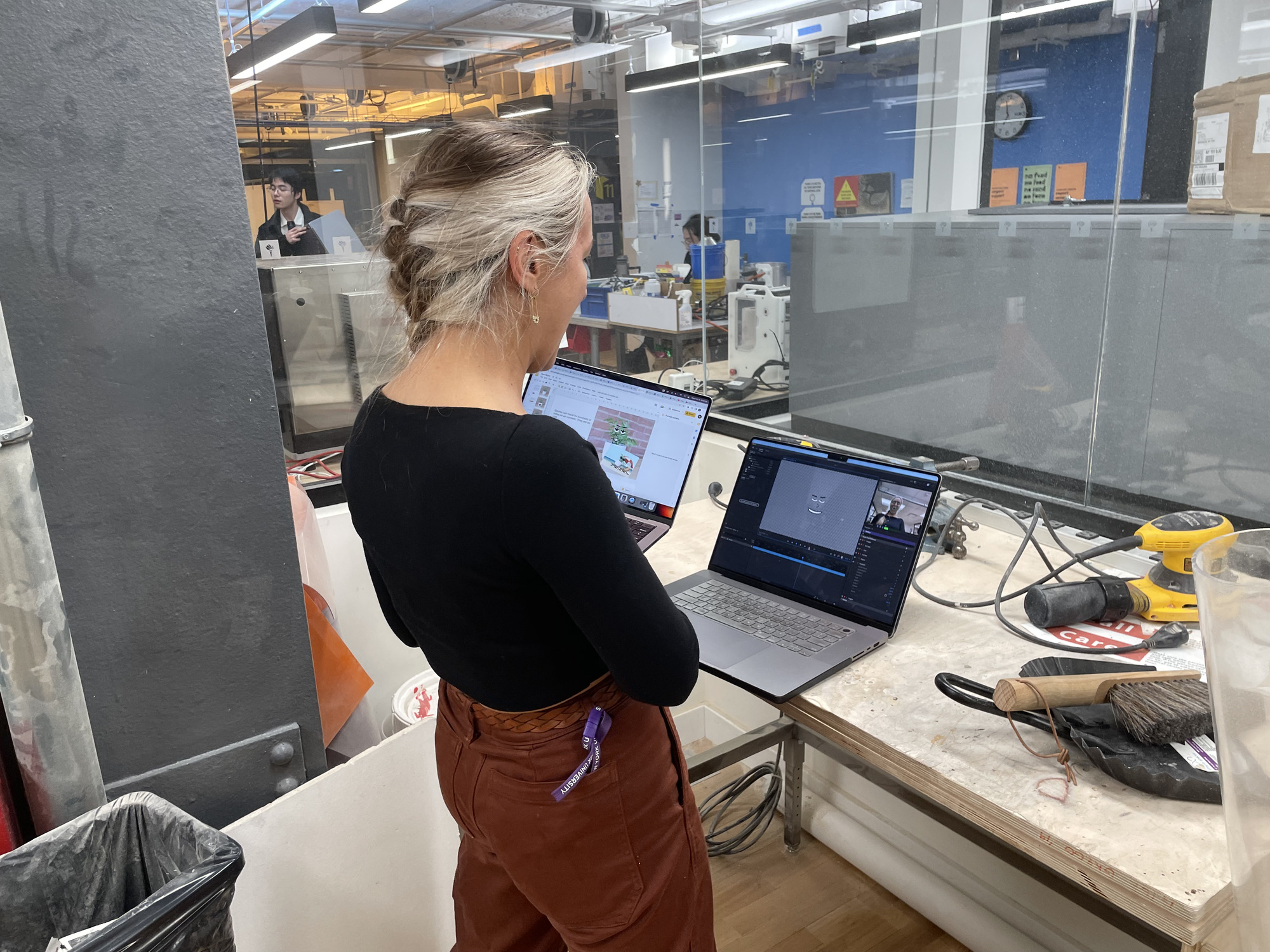
AI-generated some cute and creepy visuals for the fern babies:


And finally, helped Bern the Fern to release his first video on two social media platforms. Like, share, repost and stand by for the new videos!

Follow Bern the Fern on TikTok: LINK
Follow Bern the Fern on IG: LINK
Assignment 1 - Marina Zurkow’s World Winds
The visit to the Bitforms Gallery was a very intimate experience, where I got to take the time to sit with Marina Zurkow’s work, World Winds. From the moment I entered the gallery, I got a sense that the artist has a deep concern for the natural world and the human impact on it. But none of the work (with the exception of the center piece on air pollution) explicitly showed degradation doom — it was more of a gentle suggestion that something is off balance, with many human-made/natural world juxtapositions and ironic imagery (for example, an emergency water container being transported across a waterbody).
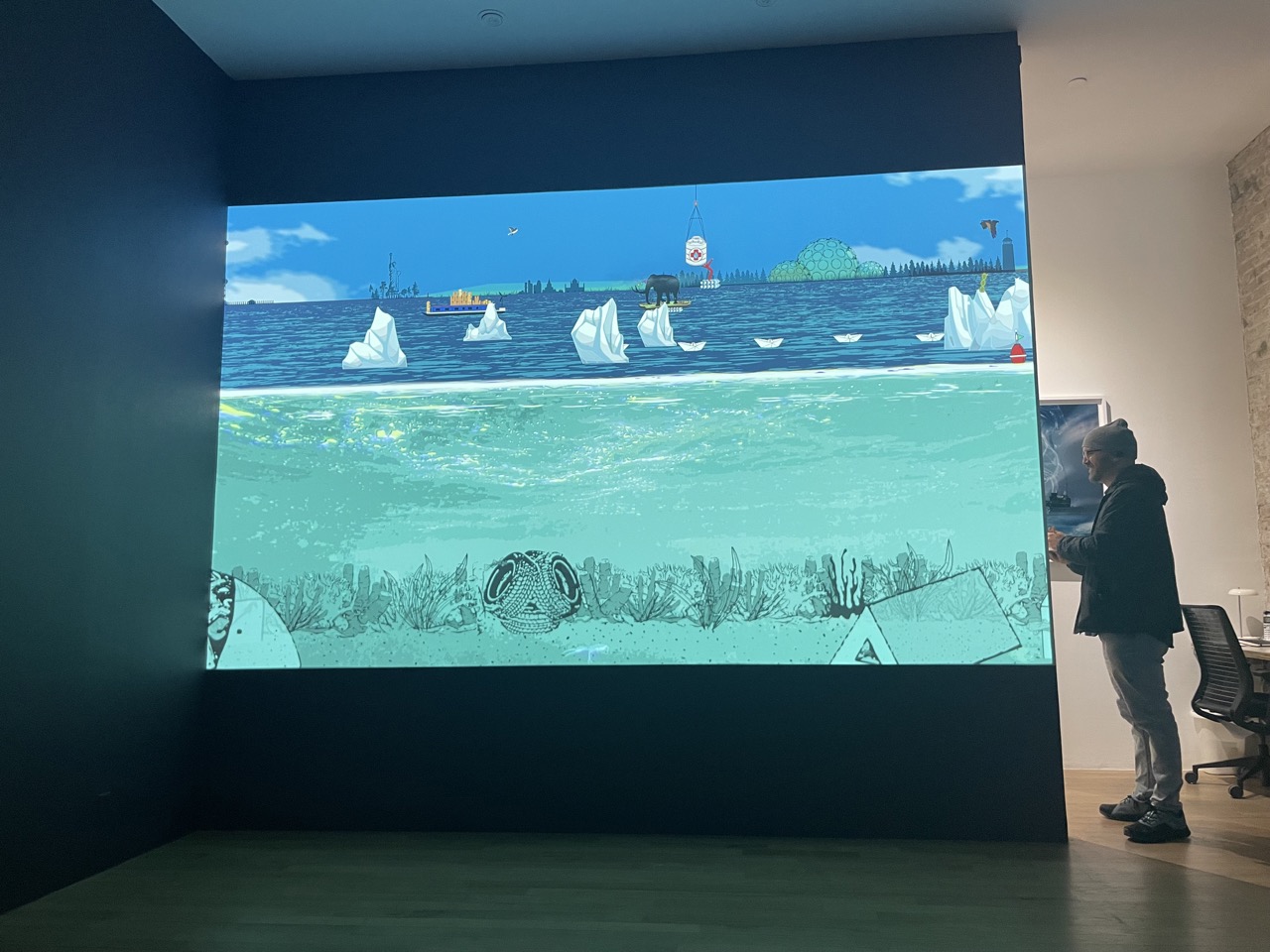
Marina also did a beautiful job at integrating real-time data into her art work, as she portrays the origination of air pollutants, combining it the global wind currents. This piece kept the audience mesmerized and you could almost see the wheels turning in people’s head as they absorbed the information.


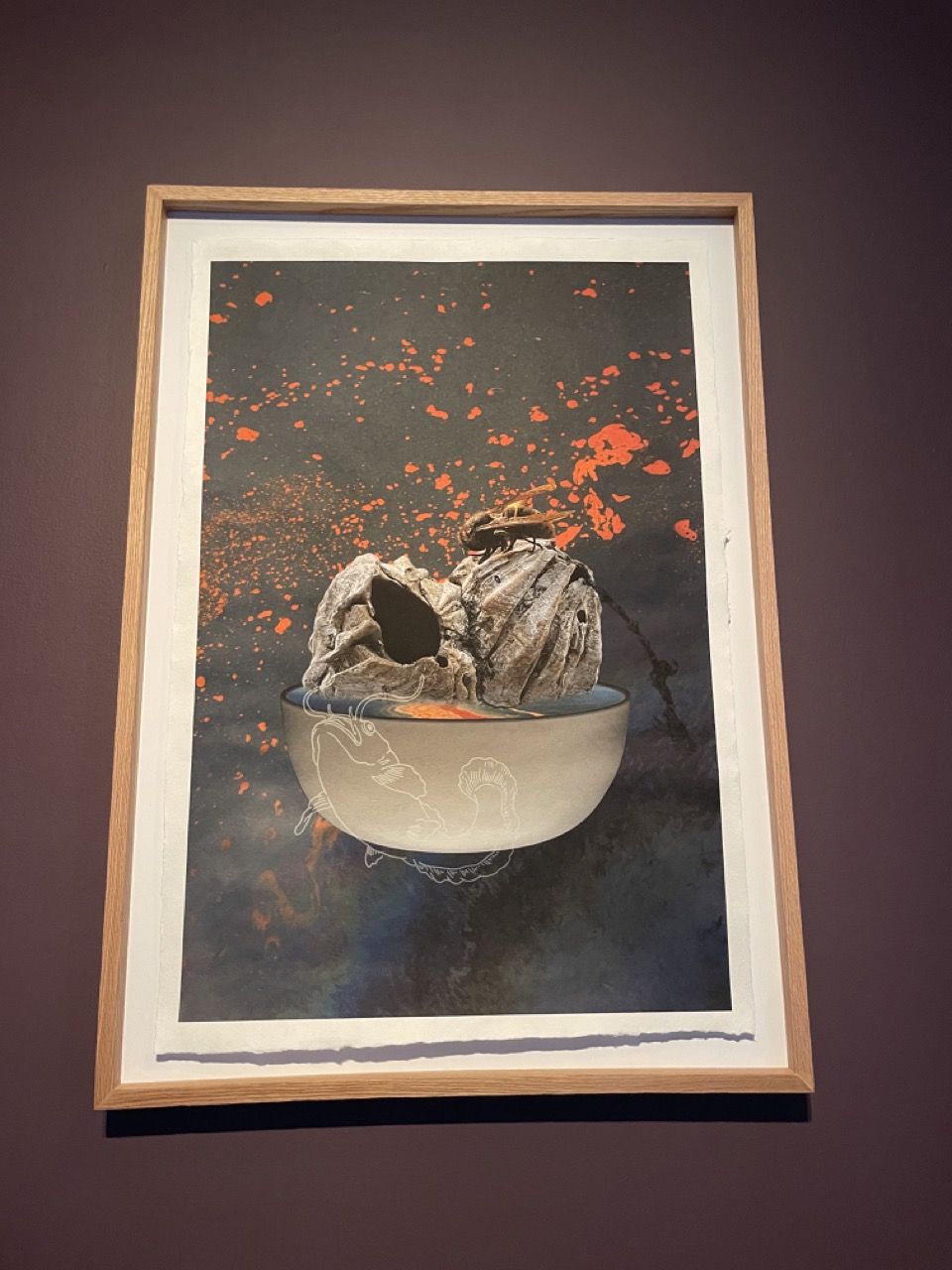
The scale of the natural scenes seemed to be downplayed in comparison with the size of the objects. I was very shocked to realize that the objects were actually very small and seemingly insignificant when I noticed them at the entrance/exit!
